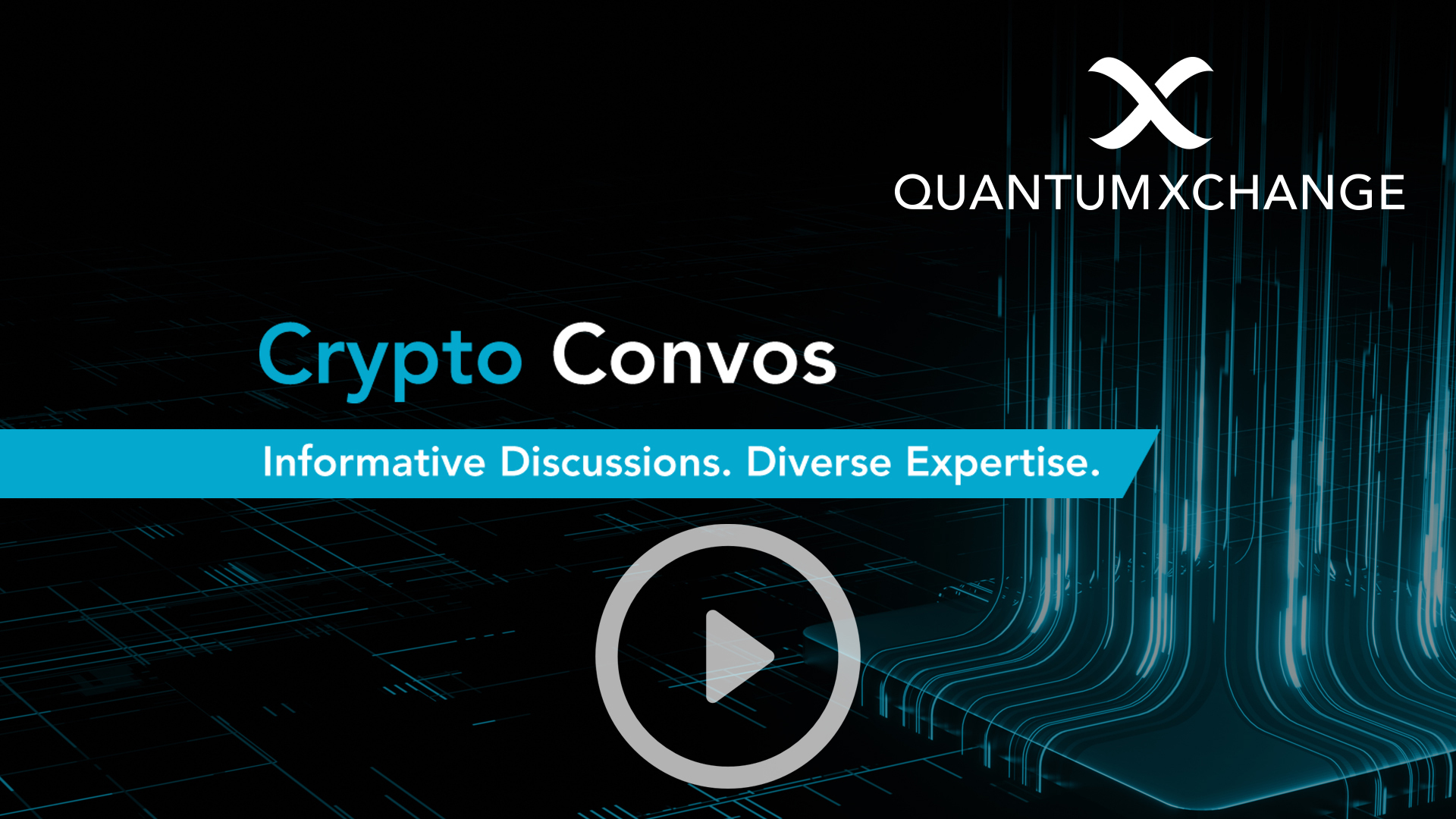Disclaimer: This blog post was written when Quantum Xchange was focused on building and selling the first quantum network in the U.S.
We have since pivoted our business and product offering, with the invention of Phio Trusted Xchange (TX), a first-of-its-kind quantum-safe, out-of-band key delivery system. While our technology offering can support QKD deployments, we are not a quantum communications provider or reseller. Our quantum-safe key exchange supports quantum keys generated from any source(QRNG or QKD) protected by any method (all PQC key encapsulation algorithms).
Quantum technology and research is opening the door to all kinds of new opportunities and possibilities. One of those possibilities involves the speed of communications, prompting experts to consider whether quantum communication is faster than the speed of light. Read a simple breakdown of how quantum communication works here.
At this point, we are confident that quantum computers will be able to do amazing things, solving complex problems infinitely faster than classical computers. This has significant implications for a wide range of fields from weather prediction to medical research and the development of Artificial Intelligence, not to mention the already known impact on cybersecurity and ability to break current encryption methods. But are quantum communications faster than the speed of light? It’s a great question. If the answer is “yes”, then the door will open to even more possibilities, such as communication in space.
For now, though, the prevailing position among scientists appears to be that quantum communication is not faster than the speed of light.
Quantum Entanglement: “Spooky Action at a Distance”
The prospect of faster-than-light (FTL) communications revolves around quantum entanglement, a phenomenon Einstein described as “spooky action at a distance”. The idea is that entanglement implies instant communication. However, even though entangled quantum particles seem to interact with each other instantaneously -regardless of the distance, breaking the speed of light – with our current understanding of quantum mechanics, it is impossible to send data using quantum entanglement. That’s the key: the inability to send data or information. In order to “communicate,” you need to be able to send data.
Quantum entanglement is a complex phenomenon, but perhaps the simplest explanation, courtesy of Astronomy Magazine, is that quantum entanglement occurs “when two particles are inextricably linked together no matter their separation from one another. Although these entangled particles are not physically connected, they still are able to share information with each other instantaneously — seemingly breaking one of the most hard-and-fast rules of physics: that no information can be transmitted faster than the speed of light.” This the basis for the premise that quantum entanglement can enable communications faster than the speed of light. Unfortunately, it’s not so simple.
Forbes addresses the prospect of the speed of quantum communications in an article that explains in greater detail why quantum entanglement can’t enable communications faster than the speed of light. In it, Chad Orzel proposes several scenarios where entanglement could potentially allow FTL communication, but in each case he finds a reason why it won’t work. Ultimately, you can’t force an entangled particle into a particular state and you can’t force a measurement to produce a particular outcome because the results of quantum measurement are random. Even with measurements that are perfectly correlated, no information passes between them. The sender and receiver can only see the correlation when they get back together and compare measurements, which they have to do that at or below the speed of light. No real information is passed when the entangled particles affect each other.
Orzel sums up the dilemma appropriately when he says, “the whole business [of quantum entanglement] is subtle and complicated. The end result is always the same, though: While it’s one of the weirdest and coolest phenomena in physics, there is no way to use quantum entanglement to send messages faster than the speed of light.”
Nevertheless, research continues on this subject and some physicists believe that faster-than-light communication might be possible with some intricate manipulation of entangled particles. For now, we know that the interaction between entangled quantum particles is faster than the speed of light. In fact, Chinese physicists have measured the speed. We know that quantum entanglement can be used to realize quantum teleportation experimentally. We know that entanglement has applications in the emerging technologies of quantum computing and quantum cryptography. With a fiber optic network that can carry conventional data and quantum data, a quantum internet is becoming more of a possibility. The real hurdle to overcome, though is being able to communicate data through quantum entanglement – that’s when we might be able to communicate faster than the speed of light.
Quantum Xchange has developed the first fiber optic network in the U.S. to be used solely to transmit and receive quantum cryptographic keys between entities that are securely transferring critical data. For more information on how to secure your communications for the future, contact us.



